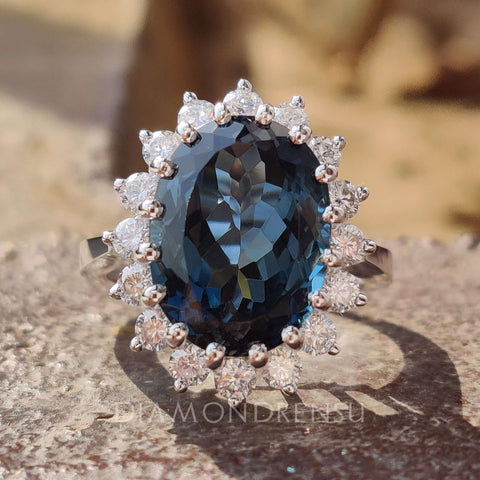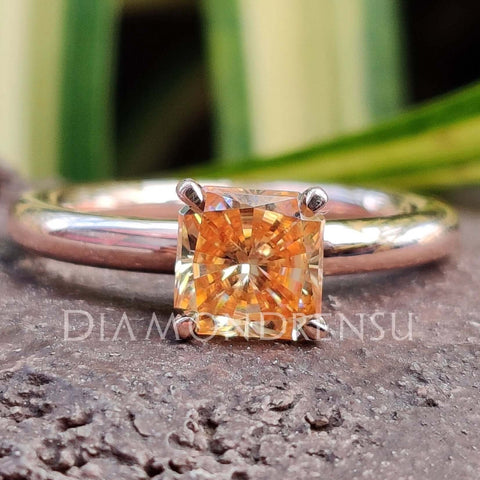Birthstones have long been a popular choice for jewelry, with each gemstone representing a specific month of birth. These precious stones not only hold personal significance, but they also can be quite valuable. As you explore the world of birthstones, you might be curious about which ones are the most expensive.
The two most expensive birthstones are sapphire and ruby. Sapphires are known for their stunning blue hues and have been prized for centuries for their beauty and durability.
These gems are not limited to just blue, as they can also be found in other colors, such as pink, yellow, and green. Rubies, on the other hand, are often associated with passion due to their deep red color.
Similar to sapphires, they are highly durable and make for stunning jewelry. Both these gemstones are rarer than diamonds, contributing to their higher prices.
Table Of Contents
While alexandrite is another highly valuable birthstone, it doesn't quite reach the price levels of sapphire and ruby.
This color-changing gemstone is extremely rare, making it desirable for collectors and enthusiasts. So, when you're considering a special gift for yourself or a loved one, sapphires and rubies make for truly luxurious and meaningful choices.
Pricing Factors for Birthstones
Carat Weight and Birthstone Value
When considering the value of birthstones, carat weight plays a significant role in determining their price. In general, larger stones will be more expensive than smaller ones.
However, other factors such as color, cut, and clarity can also affect the overall value of a gemstone. When assessing birthstone pricing, it's essential to keep in mind that some stones may be more expensive in smaller sizes due to their rarity or high demand.
Color Quality and Rarity
The color quality of a birthstone is another critical factor that can influence its price. The hue, saturation, and evenness of color can all contribute to the overall value of a gemstone.
Stones with more intense and vivid coloration are often more valuable, as they tend to be rarer. Additionally, certain colors might be more sought-after, which can drive up the price of these particular stones.
For example, emeralds with a deep, rich green hue are generally considered more valuable than those with a lighter color or noticeable color zoning. Similarly, sapphires in their highly valued cornflower blue shade can command higher prices compared to those with less desirable color qualities.
Cut, Clarity, and Brilliance
Finally, the quality of a gemstone's cut, clarity, and brilliance can also greatly impact its price. A well-cut stone will maximize the inner reflection and refraction of light, leading to a more visually appealing and valuable gem. Stones with better clarity, meaning they have fewer inclusions or imperfections, will also generally command higher prices.
While the most expensive birthstones are typically diamonds and emeralds, other factors like carat weight, color quality, and cut and clarity can make certain stones of other types more valuable.
Remember, assessing the value of a birthstone goes beyond just its type, and considering all the factors that contribute to their pricing will help you make the best decision for your purchase.
Ruby: A Symbol of Wealth and Beauty
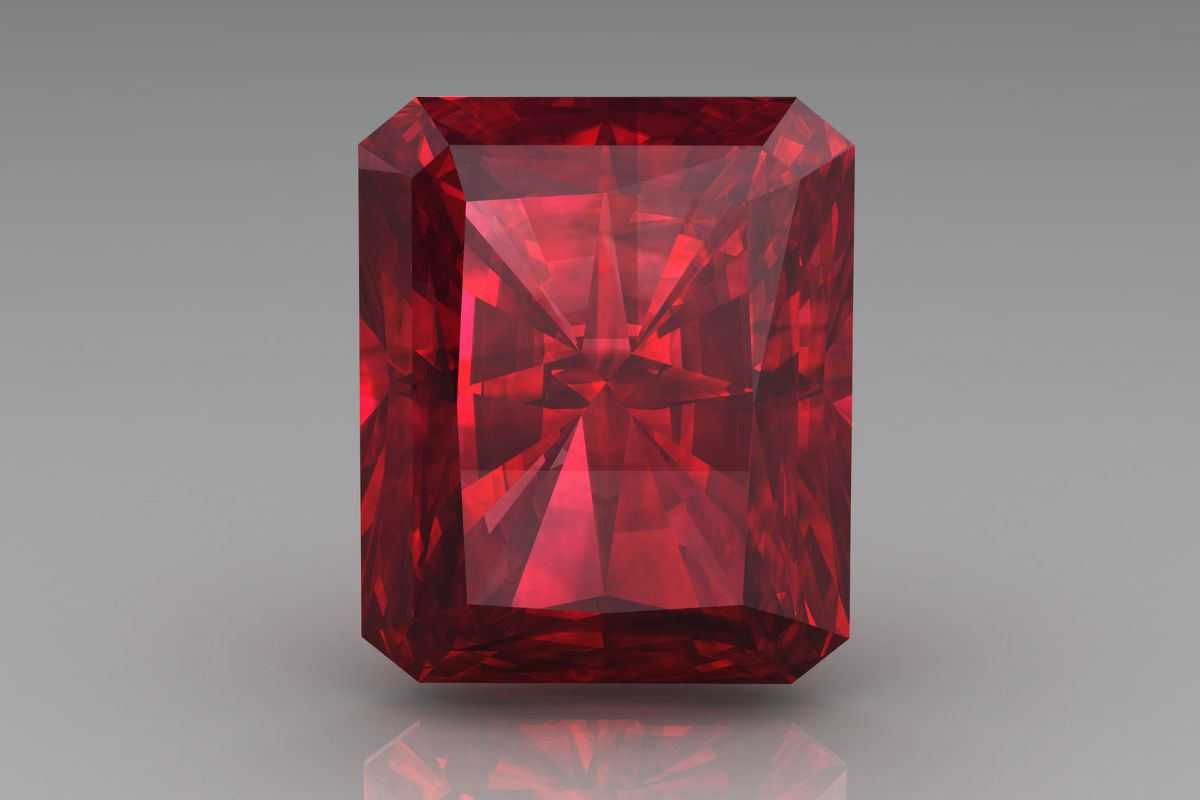
Historical Significance
Rubies have long been associated with wealth and beauty throughout history. Known for their stunning red color, they have captivated the hearts and desires of rulers and collectors alike. As one of the rarest gems on the planet, rubies hold a special place in the gem world. They serve as the birthstone for the month of July, symbolizing love and passion.
In ancient times, people believed that rubies possessed magical properties, including the ability to protect their wearer from harm.
The pigeon blood, a highly desirable shade of red in rubies, was especially revered and sought after by royalty and nobility. Throughout history, these gems have adorned the crowns, jewelry, and armor of influential figures, further solidifying their place as a symbol of wealth and beauty.
Natural Ruby Engagement Ring, 2.04 CT Oval Cut Ruby July Birthstone Ring
Ruby Pricing and Characteristics
The value of a ruby depends on several factors, including color, clarity, and size. Pigeon blood, the most prized color, commands the highest prices among ruby varieties. But beyond that, other factors that contribute to a ruby's price are its cut, overall quality, and origin.
Given their rarity and demand, rubies can often be more expensive than diamonds, particularly if they possess the highly sought-after pigeon blood hue. This exceptional color, combined with their illustrious history and cultural significance, makes rubies one of the two most expensive birthstones, alongside emeralds.
When searching for your perfect ruby, keep these factors in mind to ensure you make an informed decision. Appreciate the beauty and history behind this remarkable gemstone - a symbol of wealth and beauty that has endured the test of time.
Sapphire: The Royal Gemstone
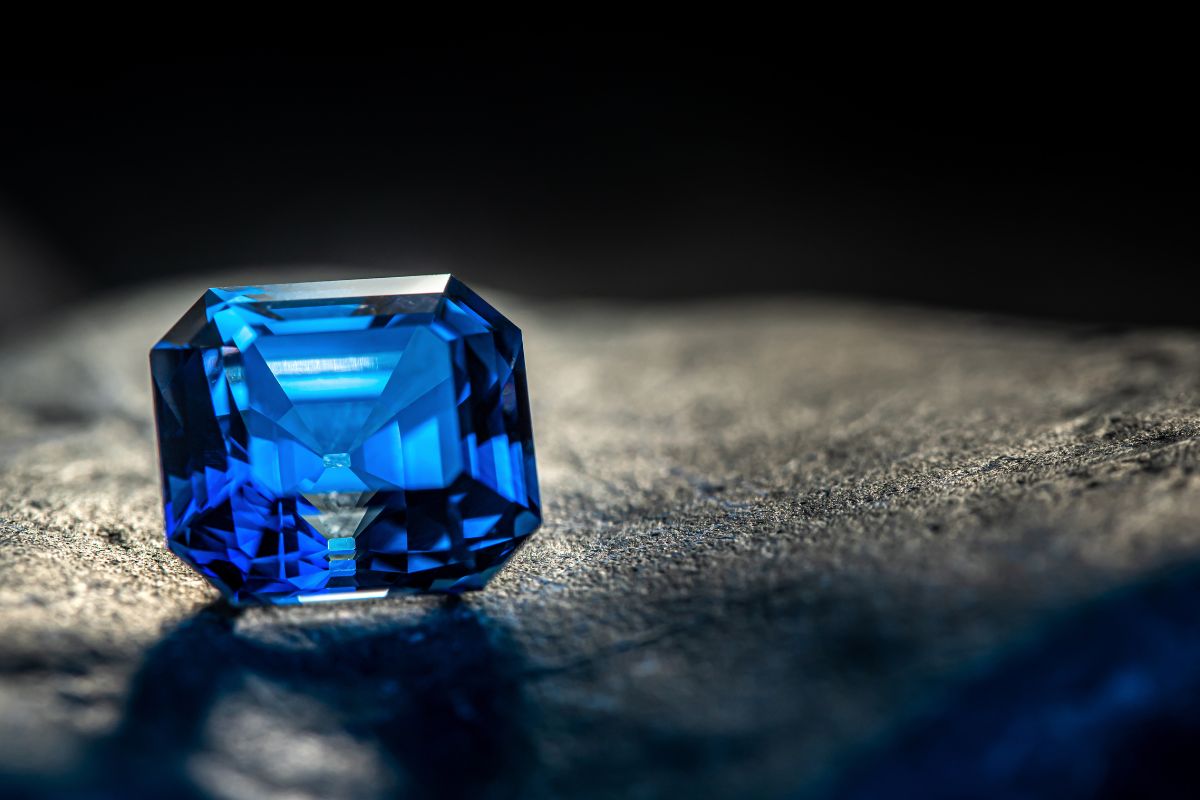
Blue Sapphire: The Benchmark of Elegance
Sapphires have long been cherished for their magnificent beauty and vivid hues. As the birthstone for September, they hold a special place in the hearts of those born in this month. One of the most revered and expensive varieties of sapphire is the blue sapphire. Known as the gemstone of royalty, it has adorned the jewelry of kings and queens for centuries.
You might have come across some famous blue sapphires such as the Kashmir sapphire, known for its rich velvety blue color, which is rare and highly valued. The value of a blue sapphire is determined by factors such as its color, clarity, and origin, with Kashmir sapphires being the most sought after and expensive ones.
The price of blue sapphires can vary significantly based on factors like:
- Color: The deeper the blue, the higher the value. A perfect balance of hue, saturation, and tone is desired.
- Clarity: Transparent sapphires with fewer inclusions are more valuable.
- Cut: A well-cut stone not only looks more beautiful but also enhances the color and overall value.
- Carat: Larger sapphires are rare and hence, more expensive.
Other Sapphire Varieties and Their Valuation
While blue sapphires might be the most well-known and expensive variety, sapphires also come in an array of other colors such as pink, yellow, green, and even colorless. These sapphires, known as fancy sapphires, can be found in a range of different price points, mostly less expensive than blue ones.
When evaluating the value of fancy sapphires, color plays a significant role, and certain colors can command higher prices. For instance, the rare pinkish-orange variety, named padparadscha, is highly sought after and can fetch high prices.
It's important to note that different varieties of sapphires, even within the same color family, may command different values. As you explore the world of sapphires and their handsome prices, remember that each gemstone has its quirks and qualities that make it unique and precious, just like you.
Alexandrite: The Chameleon of Gems
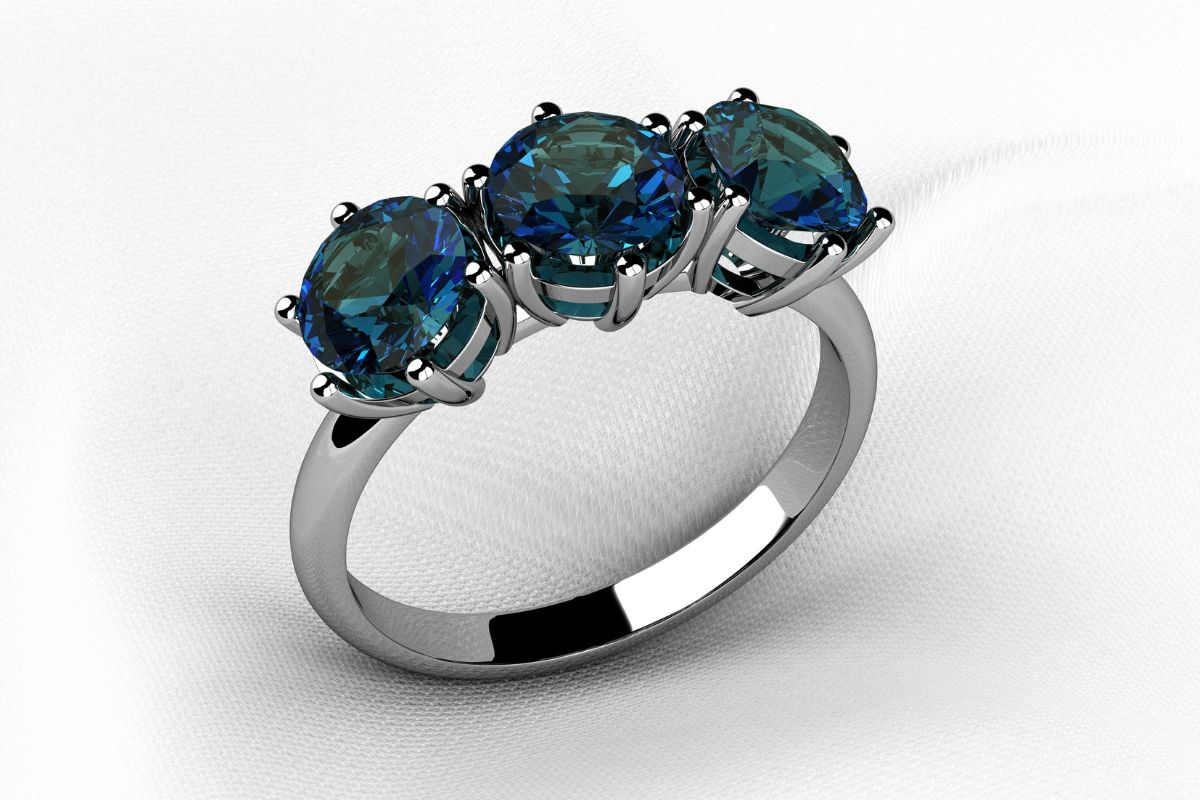
Color-Changing Phenomenon
One of the most fascinating aspects of alexandrite is its ability to change color under different lighting conditions.
This rare gemstone appears green in daylight, but when viewed under incandescent light, it turns a reddish-purple hue. This stunning color-changing phenomenon is known as the alexandrite effect, contributing to its reputation as the chameleon of gems.
The unique optical properties of this gemstone make it a favorite among collectors and connoisseurs, who value it for its rarity and mesmerizing beauty.
Alexandrite Demand and Value
As one of the two most expensive birthstones, alexandrite is highly sought after due to its scarcity and exceptional beauty.
Primarily associated with the month of June, it shares its status as a birthstone with pearls and moonstones. The high demand for this gemstone can be attributed to its remarkable color-changing abilities and limited supply.
The value of alexandrite is significantly influenced by its color, size, and quality. High-quality stones with a distinct color change are exceptionally rare, commanding premium prices in the market. Moreover, large, fine-quality alexandrites are even more scarce, making them extremely valuable and desirable among collectors. The rarity of this gemstone contributes to its high cost, making it one of the most expensive birthstones available.
By owning a piece of this remarkable gemstone, you not only possess a rare and valuable treasure, but also become a part of the enchanting story of alexandrite.
Additional Factors Influencing Birthstone Costs
Market Trends and Consumer Demand
When it comes to birthstone pricing, market trends and consumer demand play a significant role. Depending on the current fashion and popularity, certain gemstones may be more sought after, driving up their prices.
Buyers like you should be aware of these trends and consider how they may affect the value of your desired birthstone.
Birthstone Sources and Origins
Another factor that can impact the cost of birthstones is their source and origin. Some gemstones are found in only a few specific locations around the world, making them rarer and more expensive. For example, Paraiba tourmalines, which are prized for their unique color, can be primarily found in Brazil and Africa, contributing to their higher price.
Keep in mind that not only the geographical location but also the conditions under which the gemstones are mined can affect the cost. Ethical and sustainable mining practices can drive up the price, but they ensure that you are purchasing a responsibly sourced gemstone.
Synthetic vs. Natural Birthstones
| Aspect | Synthetic Birthstones | Natural Birthstones |
|---|---|---|
| Formation | Created in laboratories using various processes. | Naturally occurring in the earth's crust. |
| Cost | Generally more affordable. | Can be more expensive, depending on rarity and quality. |
| Color Options | Wider range of colors available due to controlled production. | Colors are limited to what nature produces. |
| Authenticity | May lack the perceived value of natural stones. | Considered more authentic and traditional. |
| Environmental Impact | May have a lower environmental impact compared to mining. | Mining can have environmental consequences. |
Finally, the choice between synthetic and natural birthstones can significantly impact the cost. Synthetic gemstones, which are created in laboratories, can look almost identical to their natural counterparts, but they are generally more affordable.
- Natural: Rare, mined from the earth, often more expensive
- Synthetic: Lab-created, chemically and physically similar, usually more affordable
While this might seem like an easy decision, you should also consider the longevity and durability of synthetic gemstones. Additionally, ensuring that your synthetic gemstone closely resembles a natural one requires a detailed understanding of the differences in appearance, so do your research before making a decision.
Birthstone Care and Maintenance
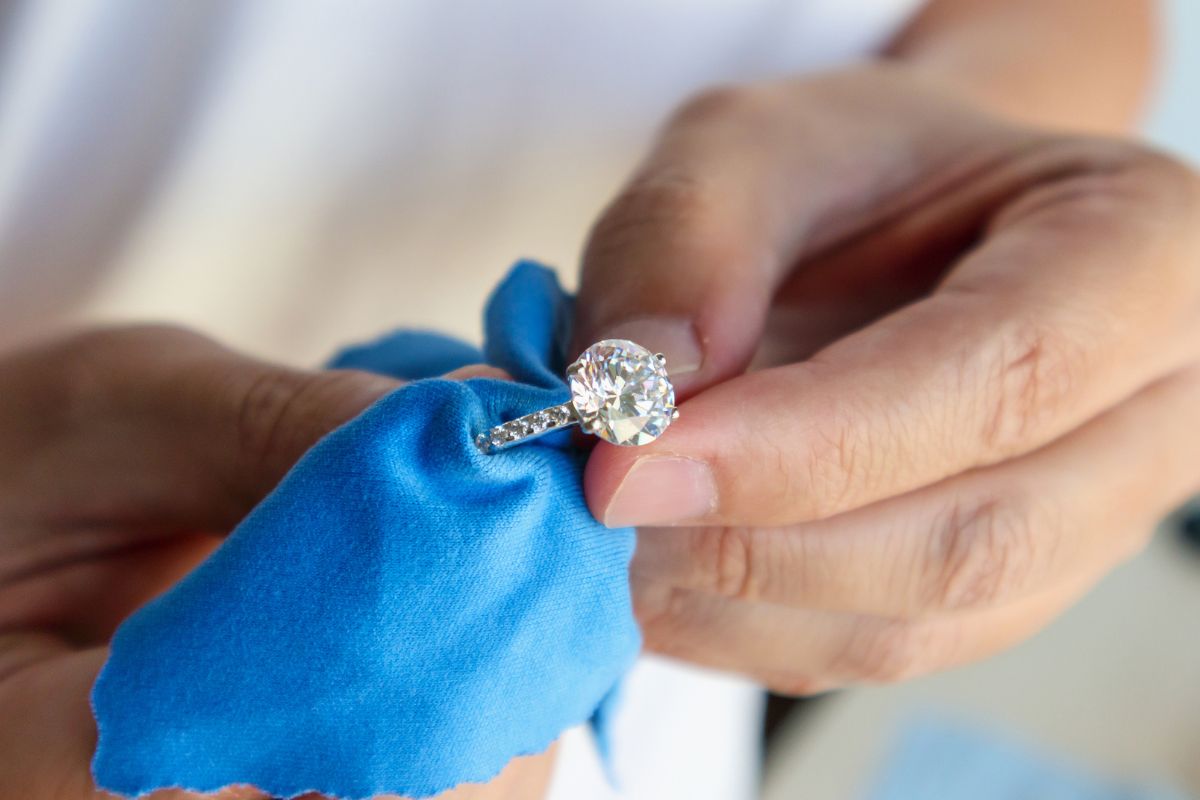
Cleaning and Storage Best Practices
Proper care for your birthstones is essential to maintaining their beauty and ensuring they last a lifetime. It is important to clean your birthstones regularly to remove dust, oils, and dirt that may accumulate over time. Use a soft brush and a gentle cleaning solution specifically designed for gemstones. For instance, you can clean garnets, rubies, and sapphires safely with mild soapy water.
Avoid exposing your birthstones to direct sunlight or intense heat, as this may cause discoloration or damage to the gemstone. When storing your birthstones, wrap them individually in a soft cloth or place them in separate compartments in a jewelry box to prevent scratches and damages.
Importance of Durability and Hardness
Durability and hardness of birthstones play a crucial role in how well they withstand daily wear and tear. The Mohs scale measures the hardness of a gemstone, with diamonds ranking at the top with a score of 10. Rubies and sapphires are also relatively hard, with a Mohs scale rating of 9, making them suitable for everyday wear.
However, some birthstones, like garnets, have a lower hardness (6.5 to 7.5 on the Mohs scale) and may be more prone to scratches or damages. Keep in mind that softer stones may require extra care and caution when cleaning and wearing them.
In conclusion, taking proper care of your birthstones is not only essential to maintaining their beauty but also preserving their significance and underlying meaning, such as good luck. By following best practices for cleaning and storage and understanding the importance of durability and hardness, you will be able to enjoy the beauty of your birthstones for years to come.
Summarizing the World's Most Expensive Birthstones
When it comes to birthstones, there are several gemstones that have a high value. Among them, ruby and sapphire are considered the two most expensive birthstones. Both of these gemstones possess unique qualities that contribute to their high value in the market.
- Ruby is the birthstone for people born in July. This precious gemstone is known for its deep red color and is often associated with passion, love, and power. Rubies are highly sought-after due to their rarity and desirable features such as clarity, color saturation, and size. The finest rubies come from sources like Myanmar, Mozambique, and Madagascar. Natural, untreated rubies of high quality can command impressive prices, making them one of the most costly of all the precious stones.
- Sapphire is the birthstone for September and is well-known for its stunning blue hue. However, sapphires can be found in a range of colors, including pink, yellow, and green. Sapphires are incredibly hard, making them durable and ideal for everyday wear. The most valuable sapphires come from locations such as Kashmir, Myanmar, and Sri Lanka. Like rubies, high-quality sapphires can be quite expensive due to their beauty, durability, and rarity.
- There are a few other notable mentions when it comes to valuable birthstones. For instance, alexandrite is the birthstone for June and is known for its unique color-changing properties. Alexandrite can appear green in daylight and red in incandescent light. This rare gemstone can be quite expensive due to its scarcity and unique characteristics.
In conclusion, the world of gemstones is full of diverse and exquisite options for birthstones. Among these, ruby and sapphire are considered the most expensive, followed by other valuable gemstones like alexandrite. These precious birthstones not only serve as symbols for one's birth month but are also cherished for their rarity, beauty, and remarkable properties.
Frequently Asked Questions
Which two birthstones are considered the most valuable?
The two most expensive birthstones are typically emeralds and rubies. These precious gemstones are valued for their vibrant colors, rarity, and durability. Prices can vary greatly depending on various factors such as quality, size, and origin.
How does the price per carat vary among different birthstones?
The price per carat among different birthstones varies significantly based on their rarity, quality, and demand. For example, a high-quality emerald or ruby can cost several thousand dollars per carat, while other birthstones like blue sapphires or amethyst may be considerably less expensive.
What factors contribute to the high value of certain birthstones?
Several factors contribute to the high value of certain birthstones, including rarity, color, clarity, durability, and demand. In addition, the quality of the cut, polish, and overall appearance can also impact the value of a birthstone.
Can the most popular birthstone also be the most expensive?
The popularity of a birthstone does not always correlate to its price. While some popular birthstones like diamonds and emeralds are expensive, others like garnet or turquoise are more affordable. It is important to remember that each birthstone has its own unique value and appeal regardless of its popularity or price.
Which birthstone is typically regarded as the 'king' due to its value?
The ruby is often referred to as the 'king' of gemstones due to its high value, rich history, and alluring color. Rubies are considered one of the most valuable gemstones available on the market and have been cherished for centuries for their beauty and symbolism.
How do September and June birthstones compare in terms of worth?
September's birthstone is the blue sapphire, which is one of the most valuable gemstones due to its rich blue color and rarity. June has two birthstones: pearl and alexandrite. Pearls can vary greatly in price, depending on the type, size, and overall quality. Alexandrites, on the other hand, are extremely rare and valuable due to their unique color-changing properties. In general, blue sapphires are usually more valuable than pearls, but alexandrites can be comparably valuable if their quality is exceptional.
Checkout some of our top collections:


